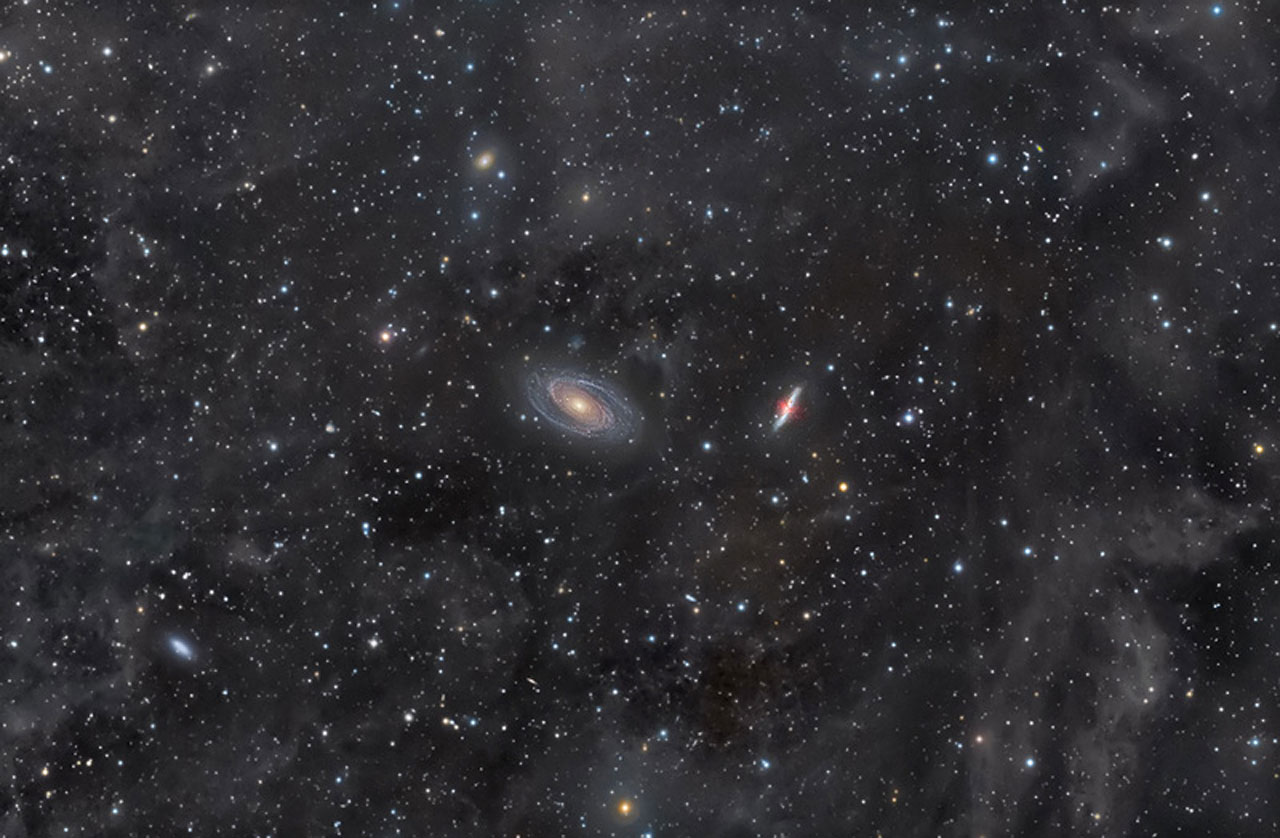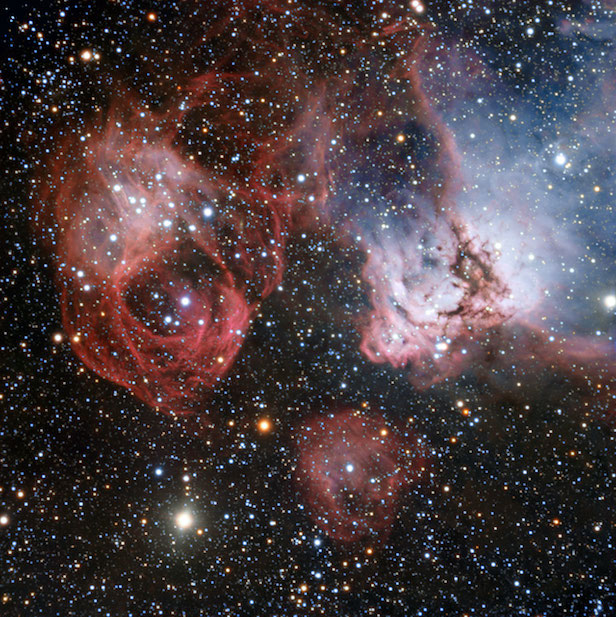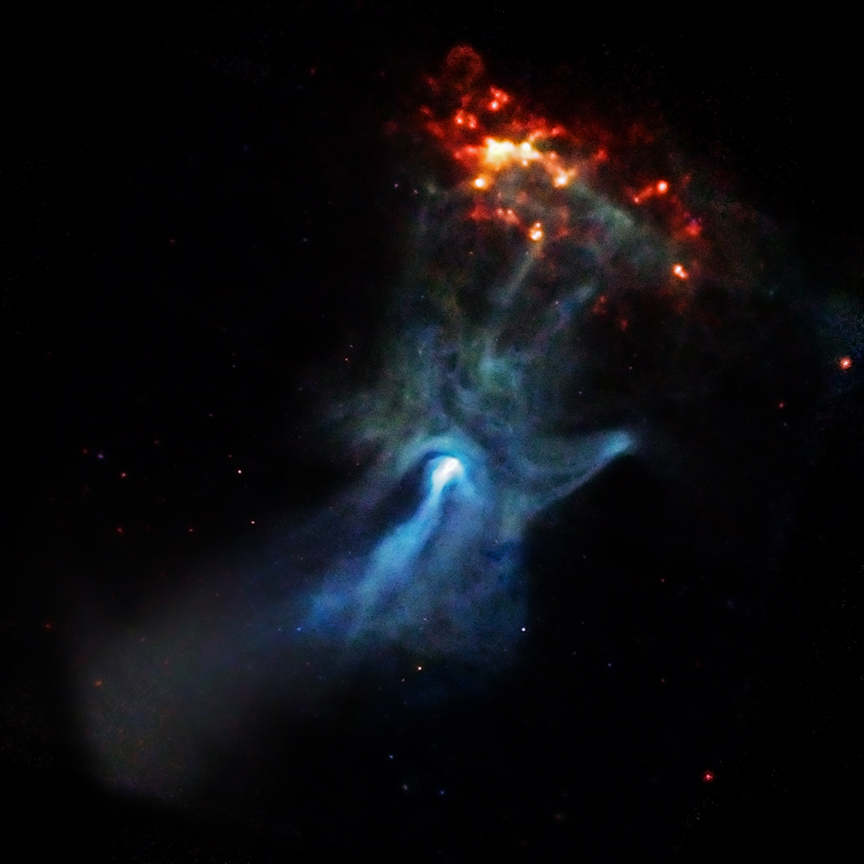lyndonguitar
I play games
- Joined
- Apr 1, 2010
- Messages
- 1,878 (0.34/day)
- Location
- Philippines
| System Name | X6 | Lyndon-ROG |
|---|---|
| Processor | Intel Core i7-8700k | Intel Core i7 6700HQ |
| Motherboard | Gigabyte Z370 Aorus Gaming 5 | Asus ROG-GL552VX |
| Cooling | Deepcool Captain 240EX |
| Memory | 16GB Corsair Vengeance LED | 8 GB |
| Video Card(s) | NVIDIA GTX 1080 8 GB GDDR5X | NVIDIA GeForce GTX 950M 4GB |
| Storage | SSDs: 500GB, HDDs: 2TB, 2TB, 3TB | SSD: 250GB, HDD: 1TB |
| Display(s) | Samsung 49" CHG90 3840x1080@144Hz, Panasonic 32" HDTV, | 15.6"1080p |
| Case | Cougar Panzer Max |
| Audio Device(s) | HyperX Cloud II | Corsair Gaming H1500 7.1 | ROCCAT Kave 5.1 | Edifier M3200 |
| Power Supply | EVGA 750GQ |
| Mouse | Logitech G403 | Razer Deathadder Chroma | Logitech G302 | Mad Catz Cyborg R.A.T. 5 |
| Keyboard | Corsair Vengeance K70 Cherry MX Red |
| Software | Windows 10 |
it looks beautiful


























